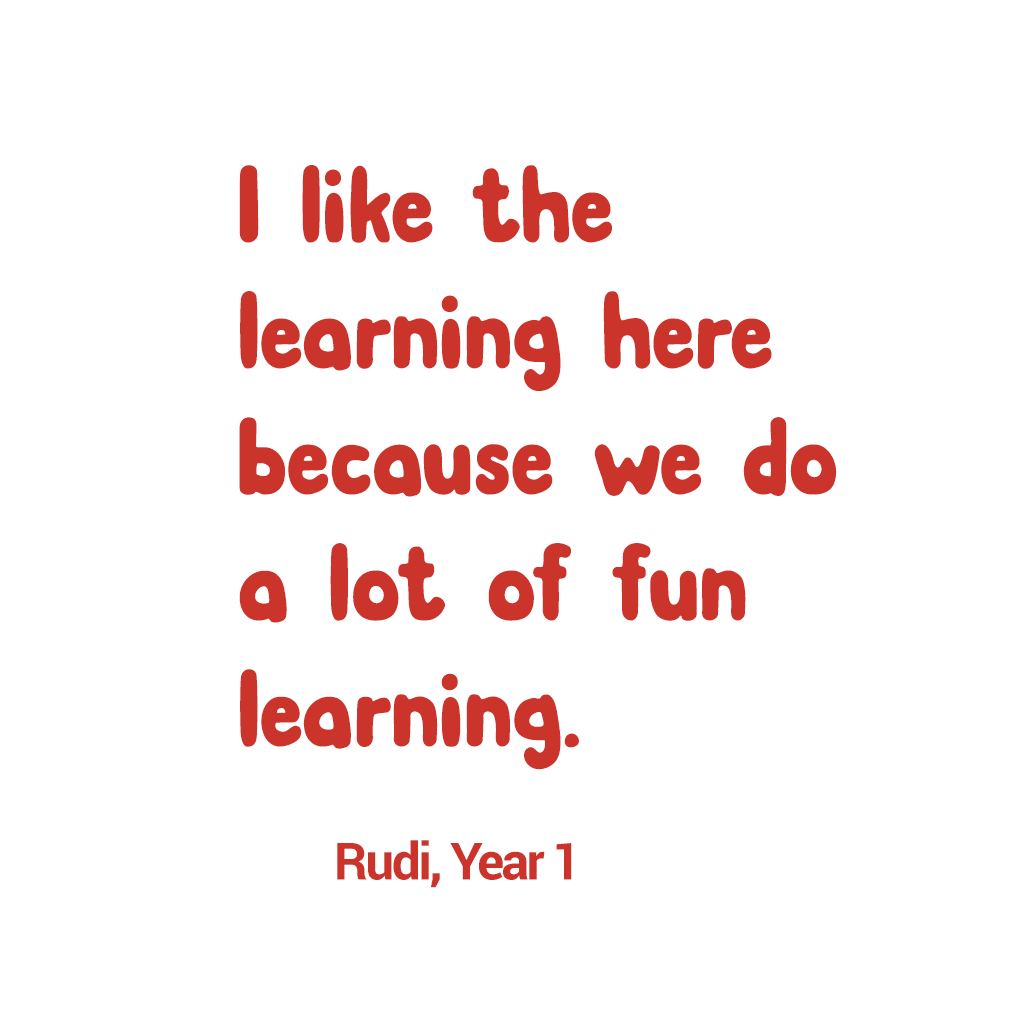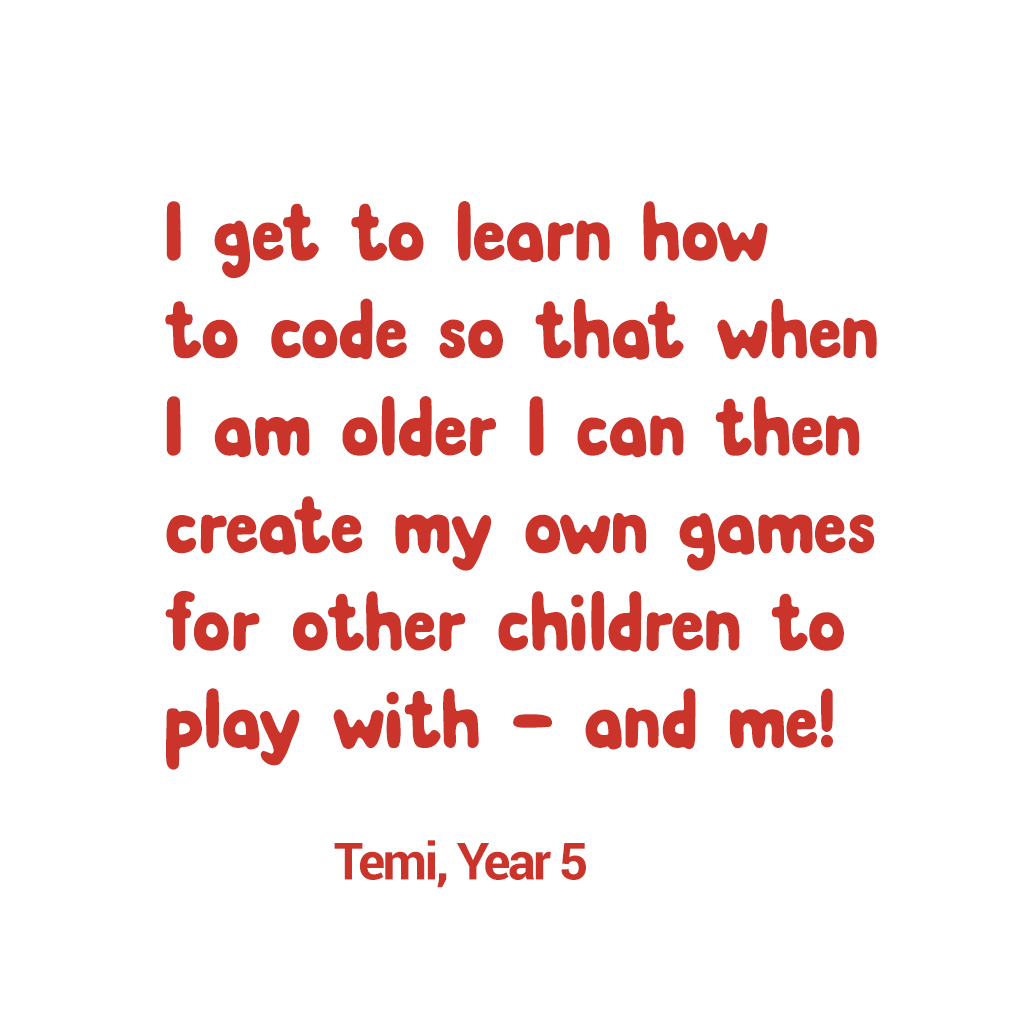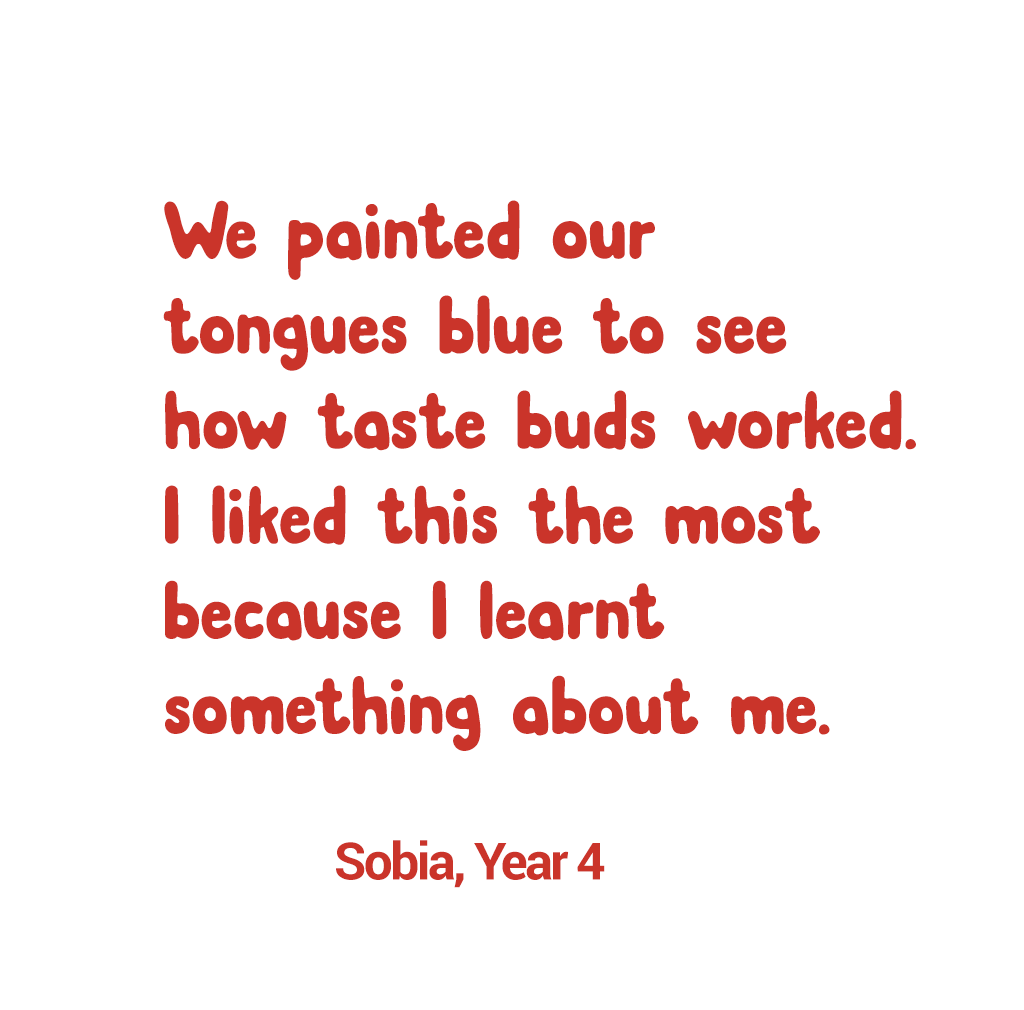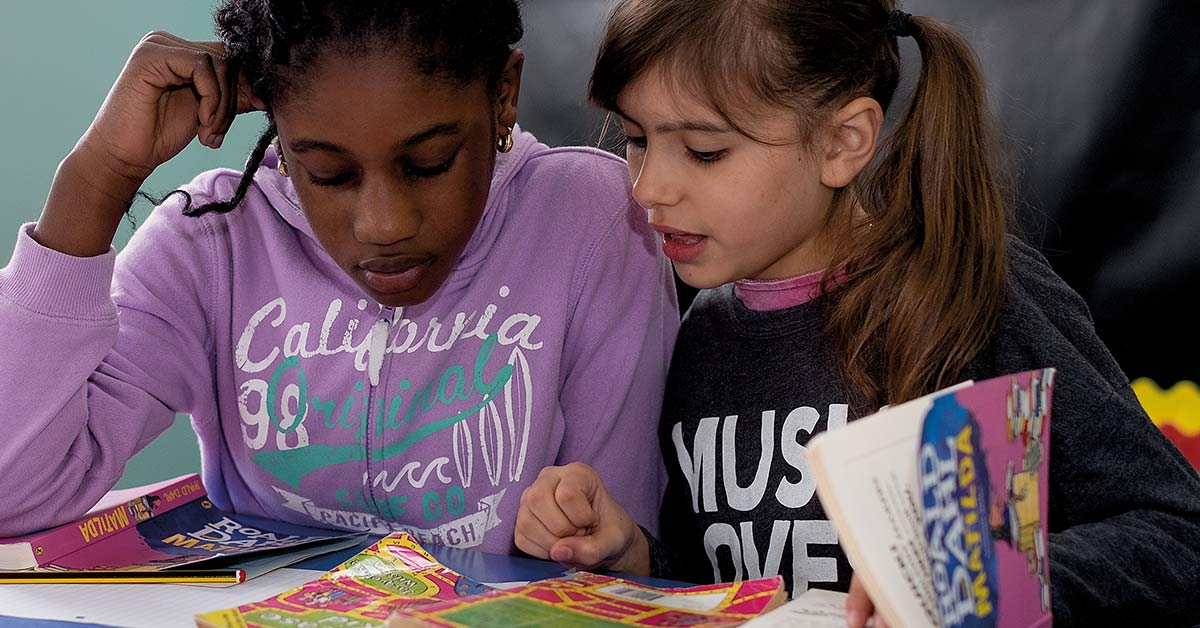
English
In English in the Autumn Term the children study the text War Horse by Michael Morpurgo and use this as a stimulus for writing. They also study famous war poets such as Wilfred Owen and John McCrae, and write their own Remembrance Day poetry. Biographies are written about significant world leaders.
The children will also write newspaper reports based on real events, for example the declaration of war.
In the Spring Term the children look at the text Pig Heart Boy by Malorie Blackman. The aim of this text is to generate conversation and debate amongst the children, allowing them ideas for their writing.
The children write arguments using persuasive techniques, letters home asking for advice using emotive language, and use the text as a starting point for story continuations. The children also write reports based on the controversial issues focused on in the text and gain an understanding of the issues some people face with their health.
In the Summer Term, the children study the text Holes by Louis Sachar.
For the Grammar, Punctuation and Spelling content covered in Year 6, please click on the English link for more details.
Maths
In the Autumn Term the children consolidate their understanding of place value, involving reading and writing number up to ten million, ordering and rounding, and solving problems relating to negative number.
The children consolidate how to carry out the four number operations (addition, subtraction, multiplication and division) using formal written methods and mental strategies. This includes becoming secure in using formal long and short division. The children learn about the properties of numbers such as highest common factors, lowest common multiples, prime numbers and square numbers.
Children become more confident working with decimals, including rounding and ordering. Fraction work focuses on adding, subtracting, multiplying and dividing fractions as well as finding fractions of quantities. In their shape work, the children learn about the different types of quadrilaterals (rhombus, square, oblong, rectangle, parallelogram and trapezium) and identify their properties. Vocabulary such as parallel and perpendicular lines, reflective symmetry, and diagonals are used to describe their properties.
Children learn how to calculate the area and perimeter of increasingly more complex shapes, including trapeziums, triangles and compound shapes.
In the Spring Term the children will develop their knowledge and understanding of weights and measurements, including estimating, measuring, converting, reading scales and reading and solving problems relating to timetables.
The children further their knowledge on four operations, including the order of operations, and also learn how to solve algebraic equations and how to find rule and continue number sequences. The children learn how to plot coordinates across four axes and also translate and reflect shapes, and also learn how to solve problems relating to perimeter, area and volume of 2D and 3D shapes.
The children learn how to apply ratios to identify unknown quantities and how to use scale factors to enlarge shapes. In relation to percentages, the children learn to find percentages of amounts and develop their understanding and application of percentage, decimal and fraction equivalents.
The Summer Term is spent revising and consolidating the concepts and strategies the children have learned in Year 6 and through Key Stage Two in preparation for the SATs that normally take place in May. The children also spend a lot of time working on their problem solving skills.
Science
In Year 6 the children study the following units:
Light: In this topic in the Autumn Term the children look at different types of light sources, how the eye works, they make a periscope to understand how light reflects, investigate refraction through observing how light beams travel through glass shapes and investigate how shadows change depending on distance between a light source and an opaque object.
Electricity: In the second topic of the Autumn Term the children learn about the history of electricity including the key people involved in its development. They learn how to use symbols for electrical components and investigate how increased voltage can affect the brightness of a bulb. The children also apply their knowledge of switches to their DT project on alarms.
Living Things and their Habitats: In this Spring Term topic, the children learn how to classify animals, plants and organisms based on characteristics and they learn how to group animals within the same species. They also learn the history of animal classification systems, including Carl Linnaeus’s system The children investigate how microorganisms feed on certain food types and investigate organisms in the local area.
Evolution and Inheritance: In the second Spring Term topic, the children learn about inherited characteristics, how animals and plants have adapted to their natural environment and how this may lead to evolution, how the work of significant scientists, such as Charles Darwin and Carl Linnaeus, has developed our understanding of how organisms evolve, and will explore fossils to see how organisms have evolved and how human behaviour has affected the evolution of animals.
Animals: In this summer topic the children identify and name the main parts of the human circulatory system, and describe the functions of the heart, blood vessels and blood. The children will learn to recognise the impact of diet, exercise, drugs and lifestyle on the way their bodies function and describe the ways in which nutrients and water are transported within animals, including humans. The children will also explore the work of scientists and scientific research about the relationship between diet, exercise, drugs, lifestyle and health.
Topics
Autumn Term 1: Identity
At the start of the year, the children work on a topic about Identity. In this topic the children think about what it is that makes them a unique individual. Children write about their personal experiences, interests, hobbies, their family, important places to them, and their beliefs – all of which help to make them who they are.
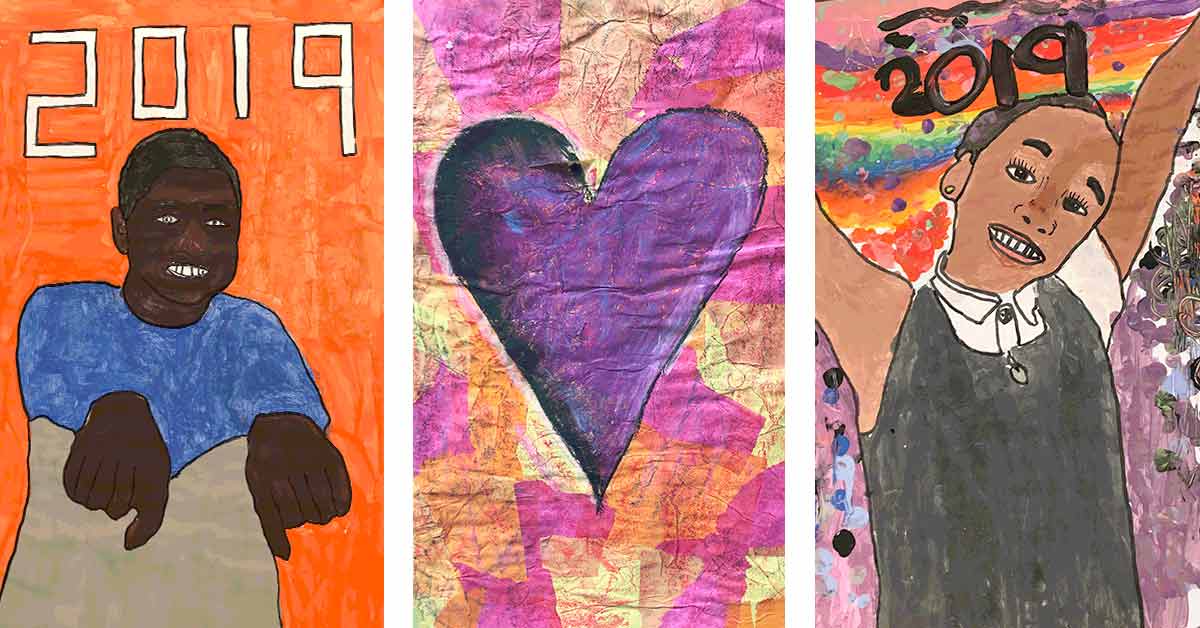
Art focuses on their identity through exploring different portrait styles. They will also learn about some inspirational people with a strong sense of identity and who are positive role models, including Martin Luther King, Ghandi, Jessie Owens and Tommie Smith.
Autumn Term 2: Britain at War
In Geography, the children study and learn about how the map of Europe changed before and after each war, and why this was the case. They learn about the Triple Entente and the Triple Alliance, and map these, and also consider the important part soldiers from the commonwealth played in the war. They also look at the physical map of Europe.
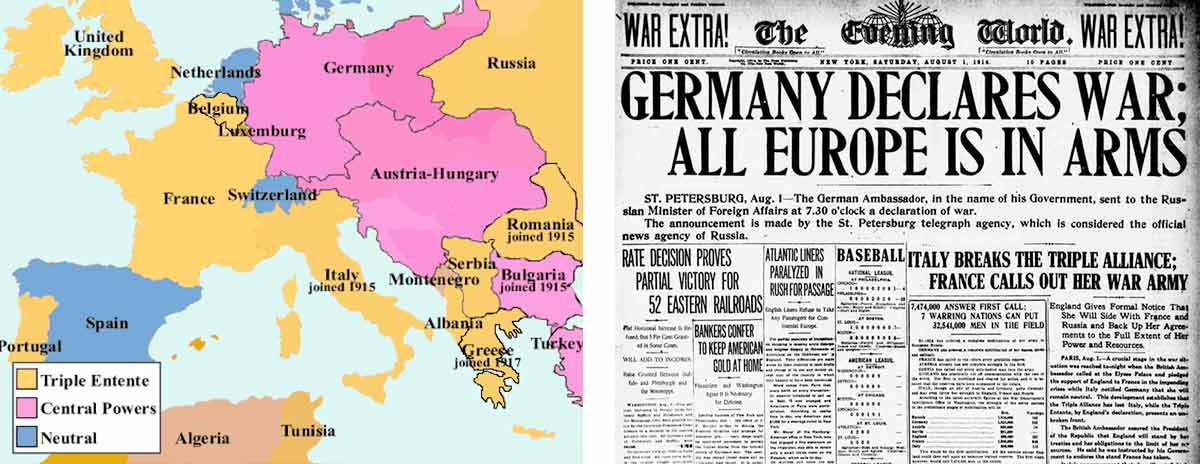
In History, the children learn about the causes of the WW1 including the assassination of Archduke Franz Ferdinand. They learn about the alliances and the history behind them. They mark key events on a timeline and understand the significance of each. They children learn about the Battle of the Somme and the Treaty of Versailles. A visit to the Imperial War Museum takes place this term. They will learn about key world leaders at the time as well as looking at the life of soldiers in the trenches, including Walter Tull.
The children then learn about WW2 including the causes of this war, and how children were evacuated out of London.
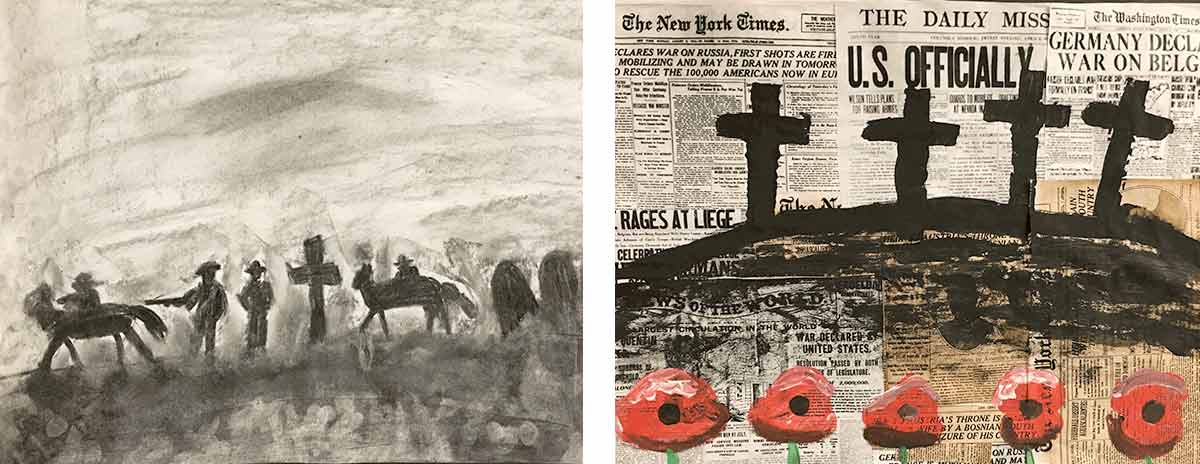
In art the children produce pieces for Remembrance Day, learning about the significance of the poppy. Charcoal, pastels and paints are used. In addition, the children learn how to sketch horses and produce silhouette pieces of war scenes.
Spring Term: We Are All Born Free
In this topic we focus on British Values and human rights. The children will be discussing and exploring global issues such as fair trade, immigration as well as learning about significant historical figures who have fought for their human rights, including Martin Luther King, Emmeline Pankhurst, Malala Yousafzai, Nelson Mandela, Harriet Tubman and Rosa Parks.
They will learn about the Universal Declaration of Human Rights and the Rights of the Child. During this term the children will attend a focus week at Into University where the children will engage in projects relating to this topic, as well as participate in a trip to the Courts of Justice and King’s College.
The geography work will include looking at the distribution of natural resources and the impact this has had on human geography in terms of where people have settled.

